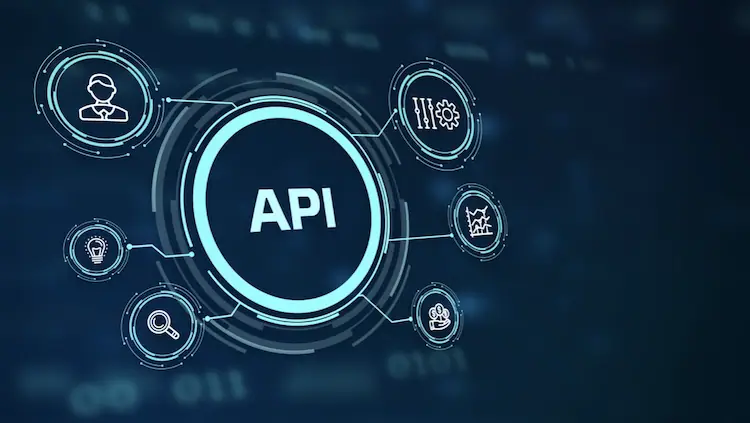OWASP Top 10 Injection Vulnerability Testing
The OWASP Top 10 Injection Vulnerability Testing service is a critical component of ensuring secure software and digital systems. The Open Web Application Security Project (OWASP) has identified injection vulnerabilities as one of the most dangerous threats to web applications, and this testing ensures that these risks are mitigated effectively.
Injection flaws occur when untrusted data is sent to an interpreter as part of a command or query. These attacks exploit poor application design and implementation by inserting malicious code into database queries, operating system commands, or any other command or control flow mechanism. The OWASP Top 10 injection vulnerabilities include SQL Injection, Cross-Site Scripting (XSS), Command Injection, and others that can compromise the integrity of data and lead to unauthorized access.
The testing process involves a deep dive into the application's codebase, database queries, and input/output points. This ensures that all potential entry points for malicious input are identified and evaluated. The service includes:
- Code review and static analysis to identify injection risks
- Dynamic analysis of running applications using automated tools
- Manual testing by experienced security experts
- Verification of fixes after implementation
The goal is not only to find vulnerabilities but also to provide actionable recommendations that can be implemented to secure the application. This includes educating developers on best practices and providing detailed documentation about how injection attacks work, common patterns, and mitigation strategies.
In addition to technical aspects, this service helps organizations comply with regulatory requirements such as GDPR, HIPAA, and PCI-DSS, which mandate robust security measures against data breaches. By adhering to these standards, businesses can protect sensitive information from unauthorized access and ensure that they meet the expectations of stakeholders and customers.
The OWASP Top 10 injection vulnerability testing service is essential for any organization handling sensitive information or conducting e-commerce transactions online. It helps build trust with customers by demonstrating a commitment to security and privacy. Furthermore, it reduces legal risks associated with data breaches and financial losses due to cyberattacks.
Why It Matters
The importance of OWASP Top 10 Injection Vulnerability Testing cannot be overstated in today’s interconnected world where digital systems play a central role in business operations. These vulnerabilities can lead to significant consequences, including:
- Data theft and loss
- Unauthorized access to sensitive information
- Denial of service attacks
- Compromised system integrity
- Fraudulent activities leading to financial damage
Given the increasing sophistication of cyber threats, organizations must prioritize security measures that go beyond surface-level checks. The OWASP Top 10 injection vulnerability testing ensures that potential weaknesses are addressed proactively rather than reactively, thereby enhancing overall cybersecurity posture.
Moreover, complying with industry standards and regulations such as ISO/IEC 27001:2013 for information security management systems or NIST SP 800-53 Rev.4 for federal IT guidance provides a framework for continuous improvement in security practices. Adopting these measures demonstrates an organization's dedication to maintaining high standards of cybersecurity and protecting against emerging threats.
In essence, OWASP Top 10 Injection Vulnerability Testing serves as a proactive defense mechanism that helps organizations maintain trust with their customers while safeguarding against costly breaches and reputational damage.
Industry Applications
- E-commerce platforms: Ensure secure transaction processing and customer data protection.
- Banking & finance institutions: Safeguard financial information from unauthorized access or modification.
- Healthcare providers: Protect patient records and comply with HIPAA regulations.
- Government agencies: Maintain confidentiality of sensitive documents and communications.
- Telecommunications companies: Secure customer billing systems against potential fraud.
The OWASP Top 10 injection vulnerability testing is particularly relevant for industries where data integrity and privacy are paramount. By identifying and rectifying injection vulnerabilities early in the development lifecycle, organizations can significantly reduce their exposure to these risks.
Use Cases and Application Examples
- SQL Injection: A classic example where malicious input is inserted into a SQL query. This can lead to unauthorized access to the database or even complete system compromise.
- Cross-Site Scripting (XSS): When untrusted data is included in web pages and executed by the browser, leading to XSS attacks that can steal session cookies or redirect users to malicious sites.
- Insecure Direct Object References: Occurs when sensitive files are exposed through URLs. This allows attackers to access unauthorized resources directly via URL manipulation.
- Cross-Site Request Forgery (CSRF): Attackers trick end-users into performing actions on a website that they did not intend to perform, typically by exploiting the user's authenticated session with the target site.
Each of these use cases highlights different aspects of injection vulnerabilities and underscores the need for thorough testing. The OWASP Top 10 injection vulnerability testing process helps organizations identify such risks early in the development cycle, preventing costly errors and ensuring compliance with industry best practices.





